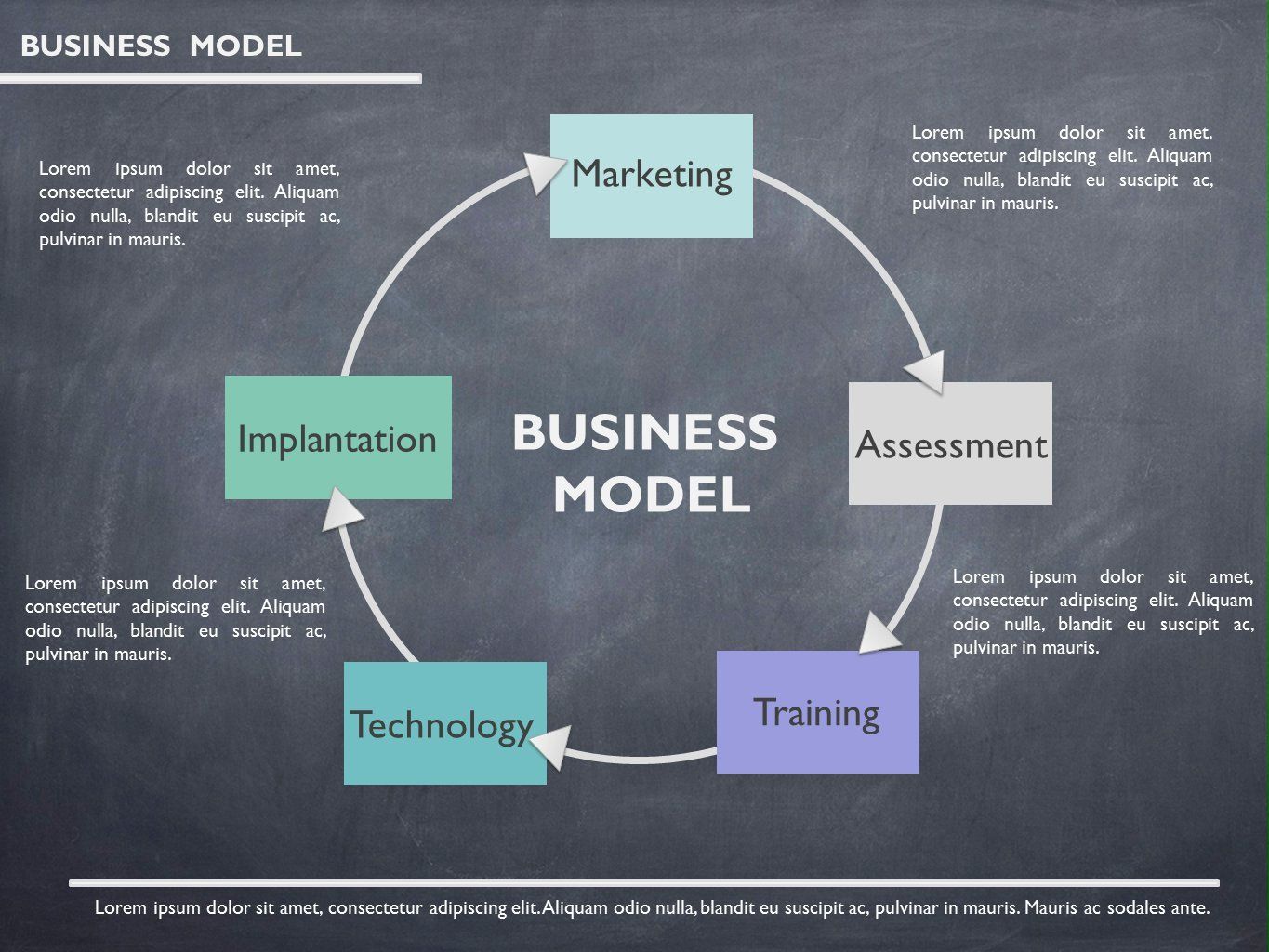The stale air, the low hum of the projector, the gnawing sensation in your gut as you tick off another minute, then another, in the weekly ritual. Your eyes glaze over as someone from accounting, or perhaps it’s procurement-does it even matter?-monotones about budget allocations for Q3. You’re not really listening, are you? You’re mentally rehearsing your three lines, the ones you’ve condensed from a week of actual work, hoping they sound just specific enough to convey productivity without inviting further questions. You feel the clock’s steady, unyielding march, a ticking bomb counting down to your wasted hour.
This isn’t just about the occasional bad meeting. This is about the systemic rot of the weekly status update. We’ve all been there, twenty-nine people perhaps, squeezed into a room that seats nine, each waiting for their two minutes of airtime to regurgitate information that could have been an email, a chat message, or a quickly scribbled note. The collective sigh of relief when it’s finally over is almost palpable, a minor celebration of escaped time. But why do we keep doing it? Why does this zombie process shamble on, consuming thousands of hours globally every single week?
The Manager’s Comfort Blanket
Here’s the hard truth: the weekly status meeting isn’t for *you*. It’s for the manager. It’s an antiquated, brute-force method for someone in charge to feel informed and in control, a desperate grasp at reassurance that the wheels haven’t fallen off. It’s an inefficient display of power, an assertion of hierarchy disguised as “alignment.” It’s a lavish, costly performance designed to soothe a single individual’s anxieties, funded by the productivity of everyone else. Think of it: 29 people, an hour of their time, translates to 29 person-hours, or nearly four workdays, vanished. For what? So one person can tick off a mental checklist. This isn’t collaboration; it’s an expensive indulgence.
Lost Time
Costly Indulgence
Team Resentment
The True Cost of the Status Quo
I remember one project where we calculated the sheer cost. A team of 19 members, meeting for 60 minutes. If the average loaded salary was, say, $99 an hour, that single meeting cost the company nearly $1889. Every week. For a year, that’s almost $98,229. Imagine what could be achieved with that kind of budget, or that time. The opportunity cost isn’t just abstract; it’s a very real, painful drain on resources. We’re talking about hundreds of thousands of dollars disappearing, swallowed by a ritual that delivers little but resentment. The managers who insist on these meetings are often the ones lamenting budget constraints at year-end. A curious contradiction.
(19 people, 1 hr)
(One team, one meeting)
The Manager’s Anxiety
I’m not entirely innocent here. Early in my career, when I first stepped into a leadership role, I fell prey to the exact same trap. I inherited a team, a set of expectations, and, yes, a weekly status meeting. I thought it was what managers *did*. I believed it was my job to gather everyone, to hear directly from each person. I confused presence with insight, and information volume with understanding. I remember thinking, “If I don’t hold this meeting, how will I know what’s happening?” This was a genuine fear, born from a lack of confidence and a misunderstanding of what true leadership entailed. It took a particularly frank conversation with one of my most productive team members-a quiet individual who, in a rare moment of candor, pointed out the absurdity of dedicating 19% of their week to preparing for and attending these meetings-to make me reconsider. It stung, but it was a necessary dose of reality. My need for control was directly impeding their ability to create. That insight was a bitter pill to swallow, but I’m glad I took it.
These rituals persist not because they are effective, but because they serve deeply ingrained emotional needs within the power structure. They reinforce hierarchy under the guise of ‘staying aligned.’ The manager gets to be the central node, the recipient of all information, the one who synthesizes and directs. It’s a performance that assures them, and perhaps their superiors, that they are “on top of things.”
This reminds me of Theo J.D., a pediatric phlebotomist. He had an incredible knack for distracting nervous children. While drawing blood, he’d tell them elaborate, fantastical stories, often pausing at a cliffhanger, waiting for the child’s tiny hand to relax before continuing. He called it “narrative anesthesia.” He knew the discomfort wasn’t just physical; it was emotional, a fear of the unknown, of loss of control. His goal was to minimize the child’s perceived time in the chair by redirecting their attention. Theo’s insight was about managing perception and emotional states. Our managers, in their own way, are trying to manage their anxiety, their need to “know,” to maintain a sense of command. The status meeting is their blunt instrument for narrative control, for hearing the story directly from the source, even if sanitized. They want the raw feed, or the illusion of it, to feel they aren’t missing anything. Theo used his method to benefit the patient; the status meeting, unfortunately, does the opposite, inflicting discomfort and wasting precious energy. He focused on the individual’s experience; our meetings often focus on the perceived need of the overseer.
The Asynchronous Solution
What if we applied Theo’s philosophy? What if we acknowledged the managerial need for information but fulfilled it in a way that *minimizes* the impact on everyone else’s productivity and mental well-being? The answer lies in asynchronous updates. Imagine if instead of gathering twenty-nine people in a room, each rehearsing their two-minute report, they simply recorded a short audio message. This could be a quick, informal update-authentic, less performative. These audio messages can then be automatically converted into text. This is a fundamental shift. The manager could then scan through transcriptions, absorbing updates at their own pace, flagging questions, or diving deeper. No more forced listening. The team member gets back their hour, or more, from not having to attend a meeting not designed for them. The manager still gets their information, perhaps more genuinely, because the pressure of live performance is removed.
Audio Updates
Text Transcripts
Efficiency Gains
Think of the efficiency gains. Imagine if the 19 people from my earlier example saved those 60 minutes each week. That’s nearly four full workdays of productive time returned to the team. This isn’t just about saving time; it’s about reclaiming focus, deep work, and creative energy. Using something like speech to text to convert those quick audio updates means the manager can still get the ‘story’ they need, but without the collective time sink. It’s a pragmatic solution to an emotional problem.
Collaboration vs. Reporting
The argument often arises: “But what about collaboration? What about team cohesion?” And this is a valid point. Some meetings *are* necessary. Brainstorming, problem-solving, strategic planning-these benefit immensely from synchronous, real-time interaction. But a status update? That’s not collaboration. That’s reporting. We’ve conflated the two, believing that all information sharing requires the same format. We’ve thrown the baby out with the bathwater, or rather, we’ve kept the dirty bathwater and are wondering why everyone feels slimy.
The true goal should be to maximize deep work, not minimize interruption. When you have an hour-long meeting looming, it creates a mental break, a context switch draining cognitive resources long before it begins. You can’t dive into a complex problem if you know you’ll be pulled out of it in 49 minutes for a pointless check-in. This fragmented work pattern is corrosive to productivity. It’s like trying to fill a bucket with a hole in the bottom; the issue isn’t capacity, but constant leakage of focus.
Rethinking Work Itself
What if your week was organized around sustained blocks of uninterrupted time? What if your updates were simply part of your workflow, captured quickly and effortlessly, rather than a performative act? The shift isn’t just about tools; it’s about a philosophical rethinking of work itself. It’s about valuing individual contributions over collective attendance. It’s about empowering people to work effectively, not just to report dutifully.
We criticize “busy work,” yet often fail to recognize the ultimate “busy work” of the status meeting itself. It creates an illusion of progress, a comforting hum of activity, without generating actual value. Managers, if honest, would admit that 89% of the information shared is either already known, irrelevant, or could be consumed more efficiently elsewhere. The remaining 11% is the truly valuable insight, buried under banality.
The Psychological Toll
Think about the psychological toll. The pressure to “sound busy” even when hitting a snag. The subtle competition to frame progress in the most favorable light. It fosters a culture of performance, not genuine problem-solving. It’s why people dread these sessions, why energy saps out like air from a punctured tire. It’s a performative burden, a tax on authenticity. We’re all performers in a bad play, trying to convince an audience of one we’re worth our salt. And the play runs on a continuous loop, every 7 days.
The Question to Ask
So, the next time you find yourself staring at the clock, listening to another disembodied voice drone on about their nine minor updates, ask yourself: Is this truly serving the team? Or is it merely a comfort blanket for someone’s need for control, draped over the collective shoulders of everyone else’s lost productivity? The answer often isn’t just an indictment of the meeting itself, but a deeper reflection on how we value time, trust, and genuine leadership in the modern workplace. What if the most productive thing your team could do next week was to simply not have that meeting? And what would that reveal about the underlying anxieties we cling to?







































































































































































































































































































































































































































































































































